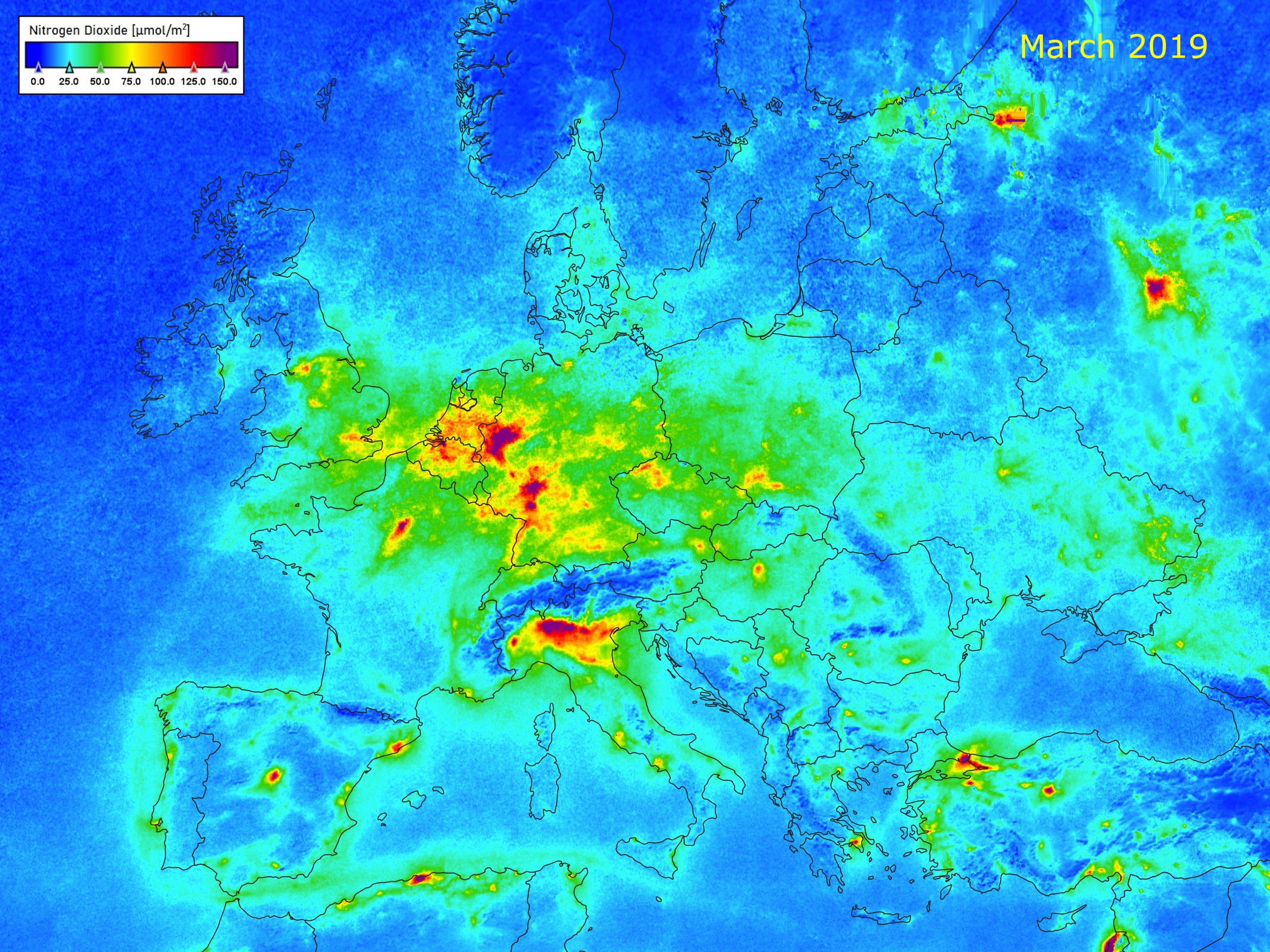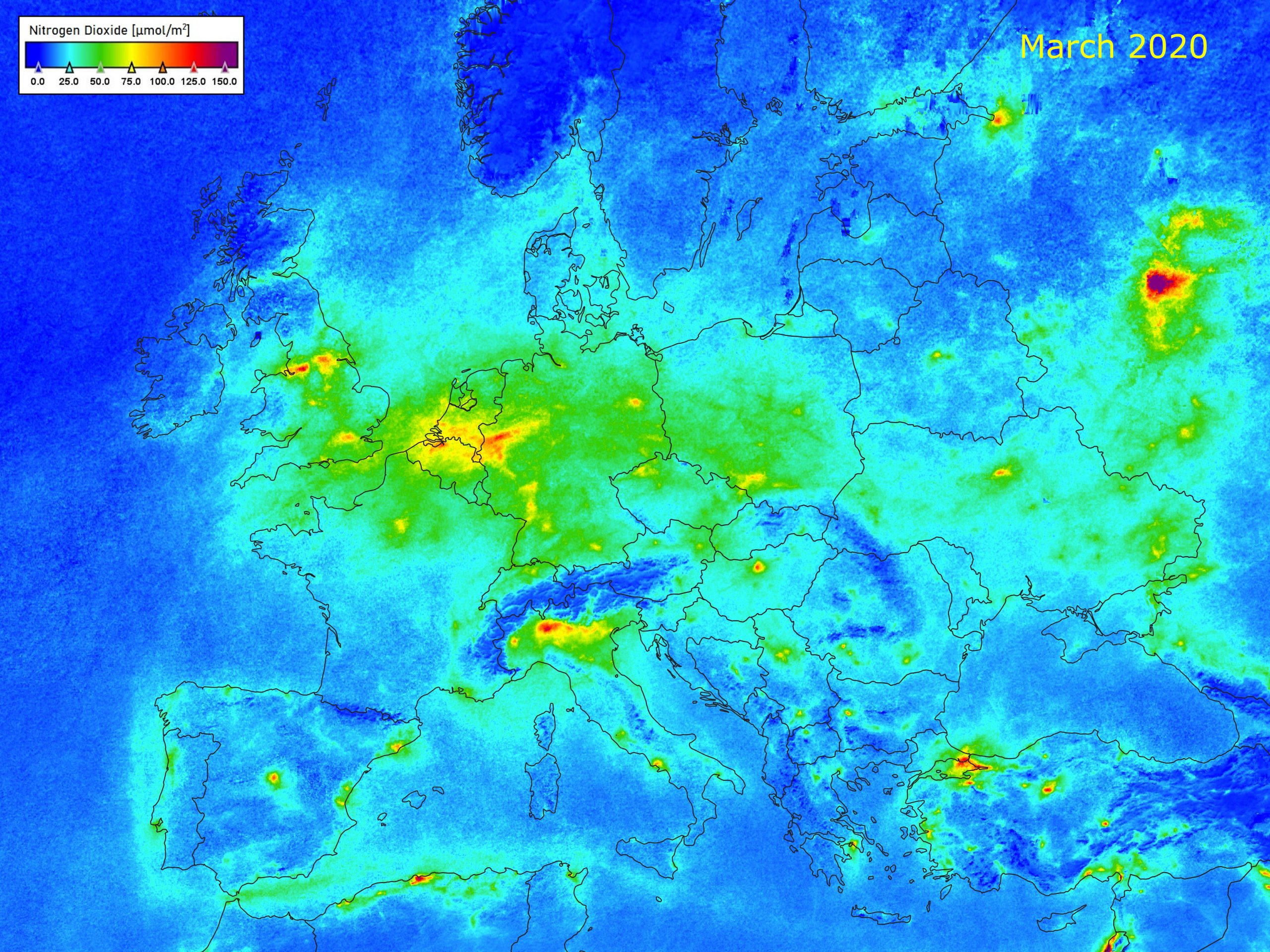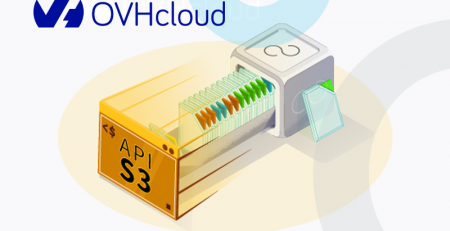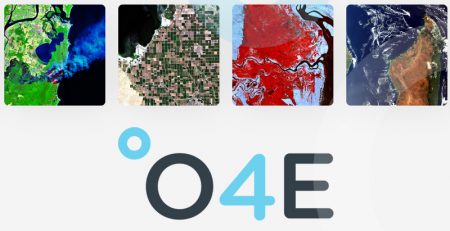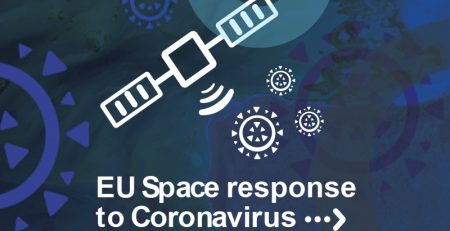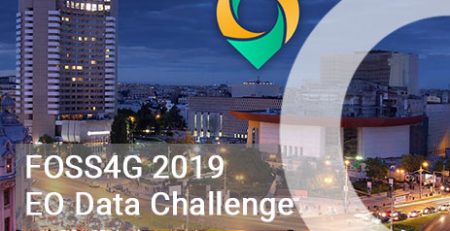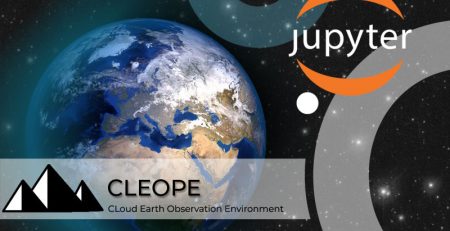The effects of the coronavirus lockdown on air quality: a comparative analysis of satellite data
Several images have been processed on the ONDA platform with the aim to compare the presence of nitrogen dioxide (NO2) in the atmosphere before and during the current lockdown in Europe.
Satellite data
For this purpose, data from the Sentinel-5P TROPOMI instrument have been used: the spectrometer maps a multitude of trace gases, such as nitrogen dioxide, ozone, formaldehyde, sulphur dioxide, methane, carbon monoxide and aerosols.
NO2 and lockdown
NO2 emissions are a major air pollutant, and are closely linked to factory output and vehicles on the roads.
Observations show a significant reduction in the levels of NO2 across Europe during the month of March 2020, compared to the values recorded in the previous year.
This decline coincides with the lockdown in most European countries, which was imposed in order to control the COVID-19 pandemic and which led to a dramatic reduction in road traffic as well as to a drastic slowdown of the industrial activities.
Comparative approach
For the purpose of this analysis, cloud-free data were analysed, acquired in the months of March 2019 and March 2020 in order to map the average distribution of the tropospheric concentration of NO2 during the same season, in light of the fact that the gas presence can be due to various factors, including climate and weather conditions.
In addition, and in order to perform a comparison that is as reliable as possible, the average measurements resulting from multiple acquisitions within the same month were considered.
Images
For the datasets below, the NO2 concentration in the troposphere is expressed in µmol/m2.
With the exception of the Europe images (ranging from 0 to 150), values are shown from 30 (white/transparent, blue, green) to 150 (purple, black) µmol/m2.
Wherever there is no colour, it therefore means that the gas concentration still exists, but within the lower threshold; wherever the pixels are black, the concentration is 150 or more.








